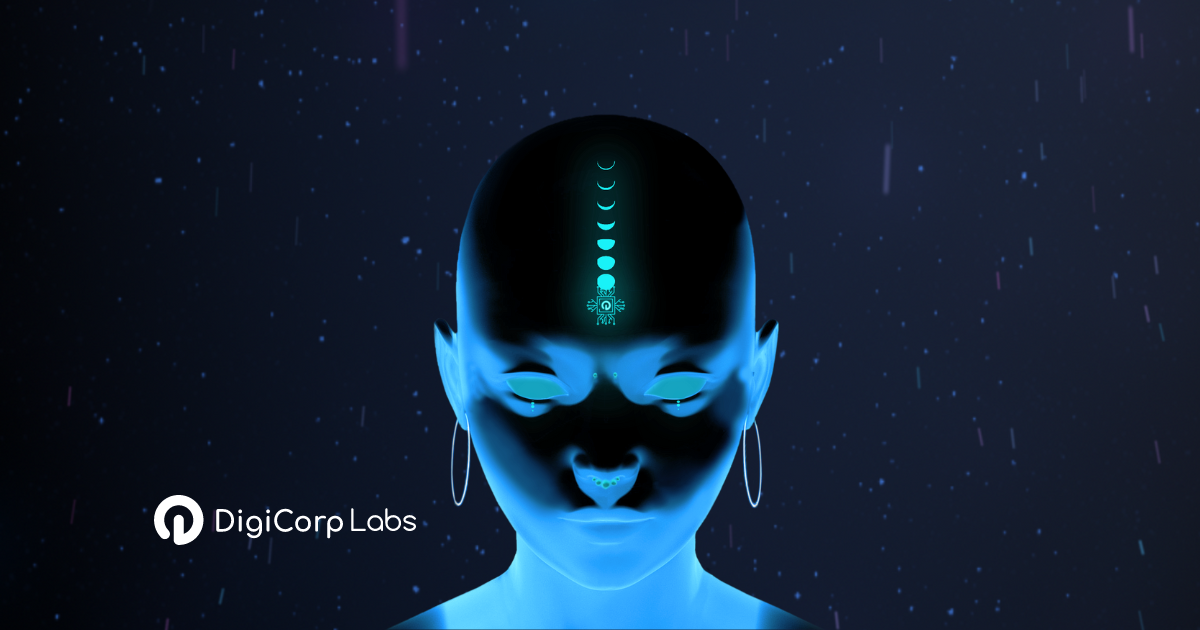
In one of our previous blogs, we explored the ongoing internet paradigm shift driven by the advancement of Web3. As we navigate this ever-evolving landscape, the pendulum of solution preferences has been swinging between centralized and decentralized approaches for some time.
Not everything goes through the cloud anymore, no matter how convenient it is to have a central connection point. Because while centralization provides ease and efficiency, traditional, point-to-point solutions have their advantages too – especially where security and privacy are concerned.
Now though, new Web3 technologies – such as blockchain, tokens, passwordless authentication, smart contracts, node-based grids and intelligent endpoints – make it possible to develop and apply decentralized architectures and infrastructures just as efficiently.
That said, it’s important to remember the many drawbacks that come with centralization – from security, cyber security and unwanted reading, to viewing, monitoring and a dearth of centrally-collected, vulnerable information.
A central system can never guarantee complete privacy – no matter how beautiful, smart, intelligent or strict its environment. If something can go wrong, it usually will, and the bigger the system, the bigger the disaster.
Aviation might be one of the safest ways to travel, but if something goes wrong, it does so at scale. The same can be said for the crypto space, and we see it with many mishaps on an almost daily basis. Even the most secure clouds are vulnerable to raids, hacks or hostage attempts due to a clever attacker and a stupid human or technical error.
If you’re unlucky enough to have your data stored in the location of an attack, you are the passenger on the wrong. To extend the travel metaphor one step further, public transportation lacks privacy – to maximize it, you must opt for a smaller mode. In the same way, the chance of a privacy violation in a small, point-to-point means of digital communication or data transport is much lower than that of mass transit.
Zero risk is impossible, but by balancing efficiency and privacy, it’s possible (and valuable) to minimize it. In fact, this is why Apple now stores confidential data on mobile devices rather than iCloud.
Ultimately, Web3 enables direct, peer-to-peer communication – think video and audio calls, screen sharing and presentations – by sharing confidential information via node-to-node connections. It also allows for private video conferencing (via a privately owned node) to happen in the legal sovereignty of your own home, building or office. In this case, you are and remain the owner of the communication, with minimal chance of it getting into the wrong hands, since it’s not organized, distributed or delivered via a central provider.
This model is the basis for DigiCorp Labs’ newly developed solution, Secure Meets, a peer-to-peer offering that operates in a Web3 network when initiated with a boot stick in the second laptop.
Secure Meets can run through routers such as Microsoft and OKTA, which tell your device the route to the right hub, node or local cloud to communicate with and establish a private connection from a central server.
DGMV-Secure Meets is developed as a fully encrypted, direct, peer-to-peer conversation technology with built-in privacy. It enables the delivery of scalable, 100% private video communication services and is completely independent of existing centralized solutions.
Hosted on a private server, DGMV-Secure Meets enables individuals and companies to retain local ownership of calls, recordings and transcriptions, meaning all data remains under their control and management. The solution works in conjunction with DGMV-ID, DigiCorp Labs' mobile, passwordless authentication solution.
Our independent Edge Box adds another layer of functionality, acting as an autonomous hardware endpoint that links with decentralized Web3 networks. The Box can be powered by grid supplies, battery or solar panels, and is able to reach any location in the world wirelessly, via Starlink. This means it can build private connections worldwide, even in areas without trustable infrastructure.
DigiCorp Labs’ blockchain-based smart layer provides a Web3 platform-as-a-service in which contracts capture communications as fixed, immutable algorithms that can’t be influenced or hacked.
Our developed enterprise solutions will also be available to the private market, where individuals can pay using the DGMV token (launched in 2022 via the crypto exchange LCX in Liechtenstein).
Users can make micropayments with this utility token in peer-to-peer chains for all decentralized Web3 services, with transactions recorded in a blockchain. Our authentication app, DGMV-ID is already available via Apple and Google store.
By the end of 2024, Digicorp Labs will have a complete Web3-enabled ecosystem available and ready to build enterprise architectures and infrastructures – both in current networks and in modern, decentralized Web3 environments, anywhere in the world.
We’re also involved in local-to-local initiatives, especially in parts of Asia where infrastructure is poor. We’re also exploring opportunities to connect parts of Africa by enabling enterprise operations and communications in-house and securely.
Many areas of the world do not have the edge of our current centralized cloud infrastructures, and thus opt for new secure Web3 solutions.
Hybrid solutions are under consideration here in the West, with the cloud still able to provide efficiency, but direct peer-to-peer communication necessary to offer security and where infrastructure is non-existent or unreliable.
In our last newsletter, we talked about the beginning of the Web3 journey, and how 2024 will see the first serious, enterprise-grade solutions enter the market. Here at DigiCorp Labs, we have already conducted pilot projects with large global companies, who are exploring how these new Web3 technologies add value for them.
As it stands, the year couldn’t have started better for us. December 2023 saw all our solutions – DGMV-ID, DGMV-Secure Meets, DGMV-Edge Box and the DGMV-SmartLayer proof-of-concept – become available and applicable, and we’ve got first deployments scheduled for key areas of interest in Asia and the US this quarter.
We are now delivering these solutions to market through DigiThree Labs, and are still looking for channel partners to start carrying and using our products globally. Conversations are already underway, but if you’re interested, please don’t hesitate to apply.